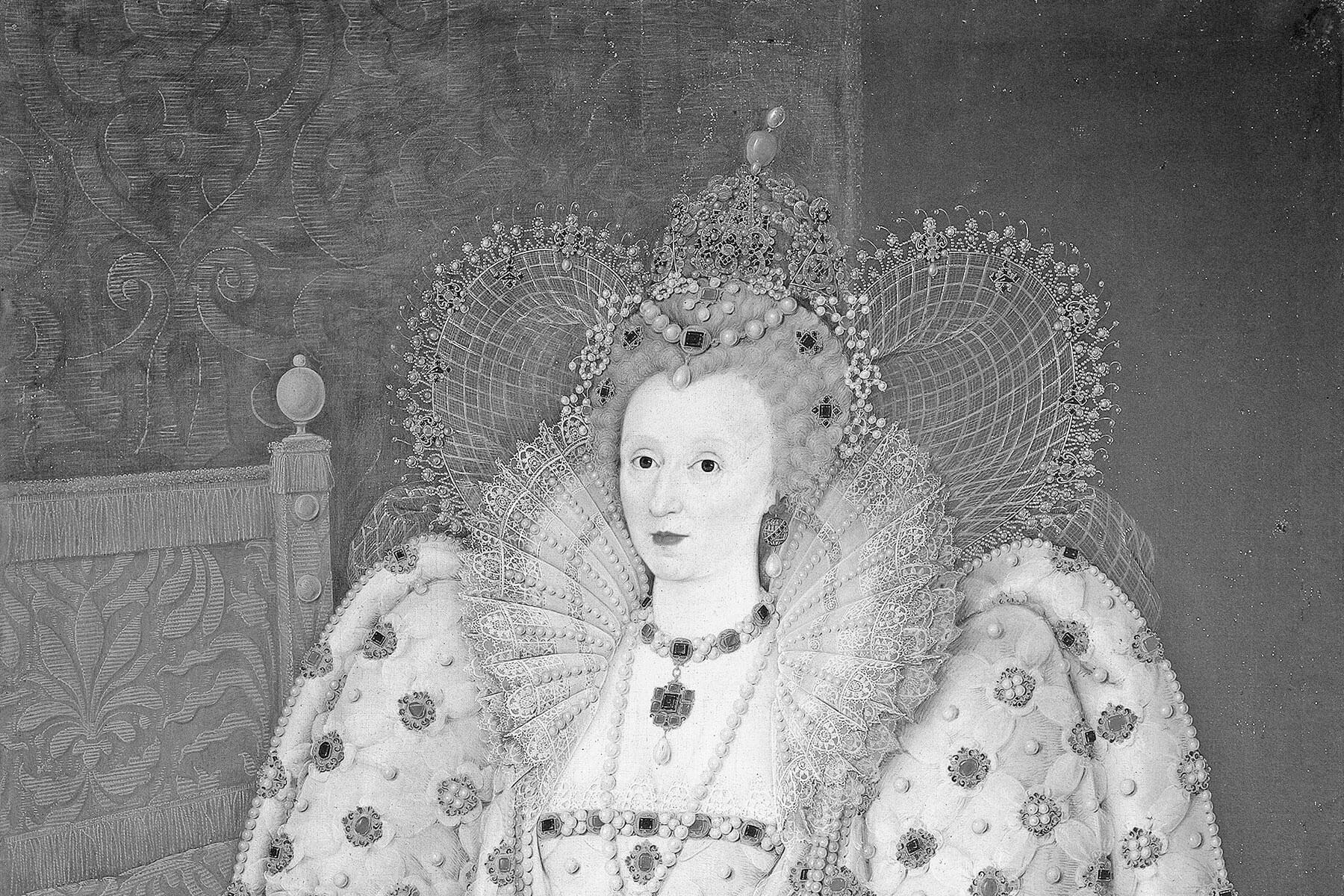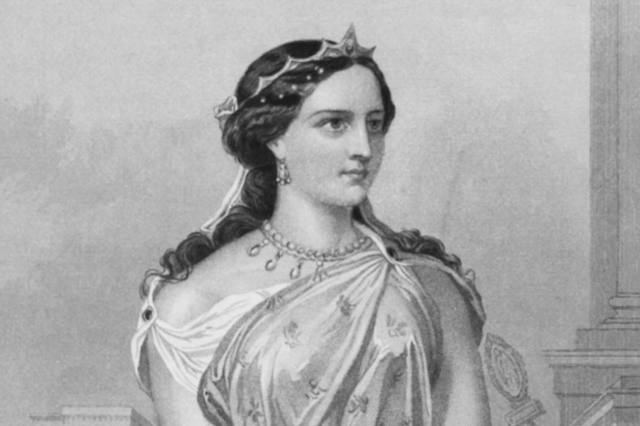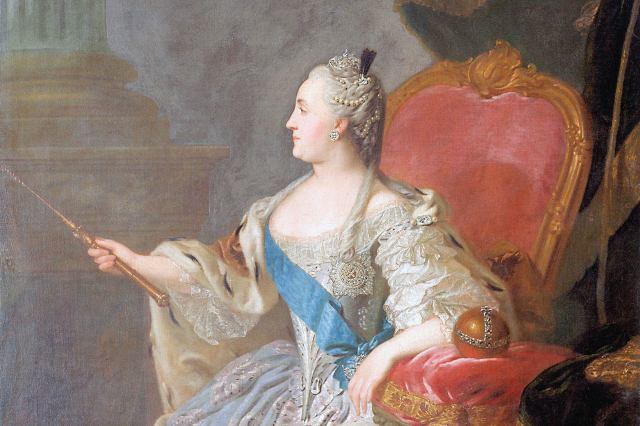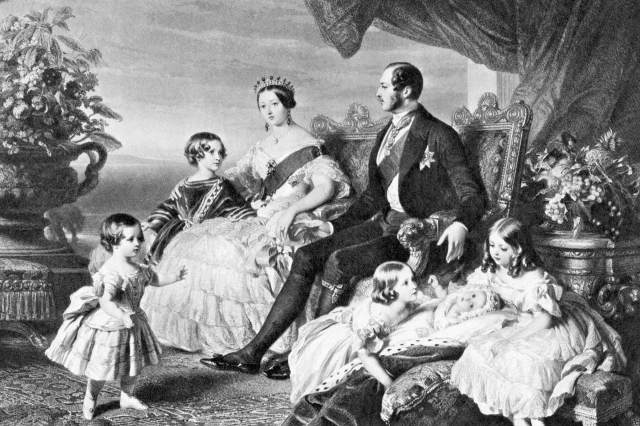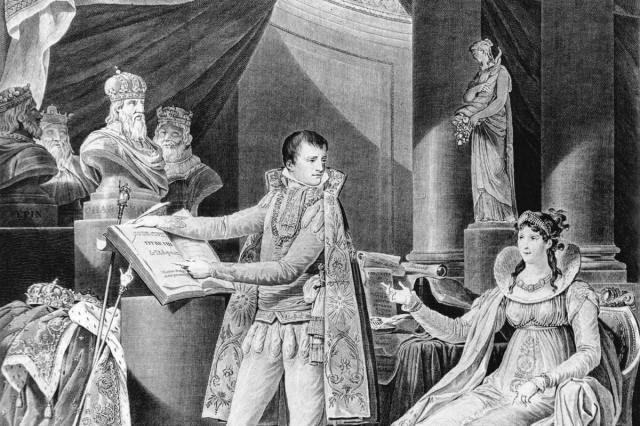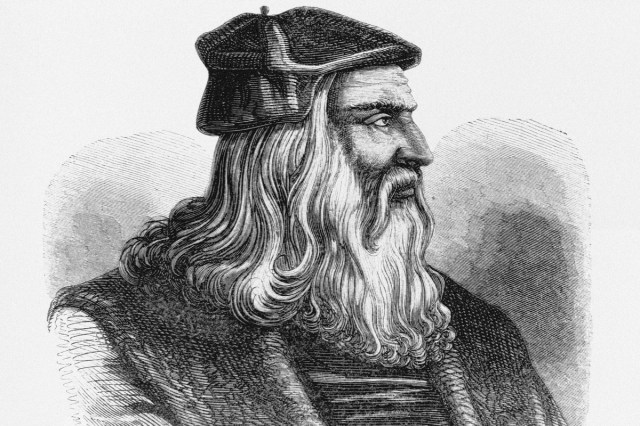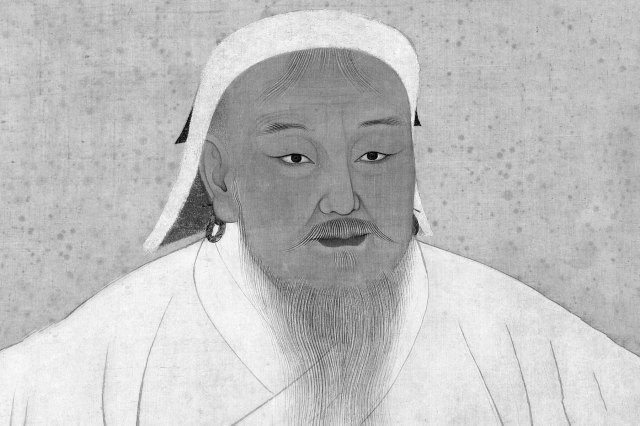The Most Powerful Women Rulers in History
Due to the incomplete nature of our historical records, it’s impossible to say when the first female ruler came to power. Some might point to Kubaba, a tavern keeper who supposedly ascended to the throne of Sumer — one of the largest civilizations in ancient Mesopotamia — around 2400 BCE. If the story is true, it would make her arguably the first documented female ruler in human history — but chances are it’s a myth. There’s more evidence to back the claim of Sobekneferu, who reigned as a full pharaoh in ancient Egypt from around 1760 to 1756 BCE. But was she truly the first female ruler of a significant civilization, or did someone come before? The answer remains lost to history.
What we do know is that many women throughout recorded history have come to rule even while living in cultures long dominated by men. And some of these women achieved a level of power rarely matched, despite the disadvantages they experienced in their patriarchal societies. Here are some of the most powerful women rulers in history, from the Pharaoh Hatshepsut to Queen Elizabeth I.

Hatshepsut
Hatshepsut first came to power in 1479 BCE as the regent for her stepson (and nephew) Thutmose III, who had inherited the throne at the age of 2. For almost seven years, Hatshepsut was a fairly conventional regent. But then, she took the unprecedented step of assuming both the title and powers of a true pharaoh, and began ruling Egypt alongside Thutmose III. To further assert her authority, she had herself portrayed in formal portraits as a man, with a muscular male body, traditional kingly regalia, and a false beard. She became one of the first truly powerful female rulers known to history. Her reign brought about a period of economic prosperity and general peace, and she was one of the most prolific builders in the history of ancient Egypt.





